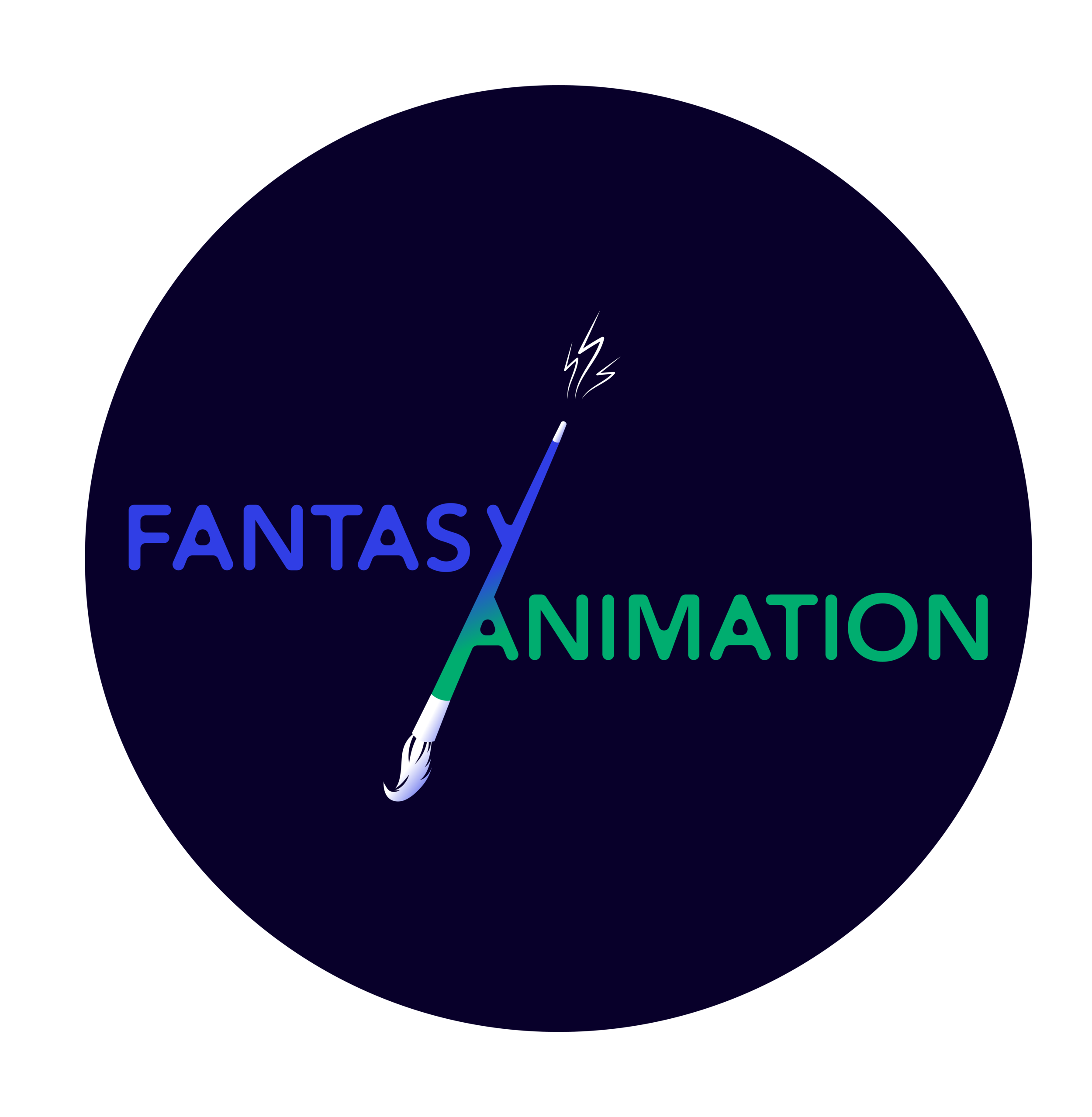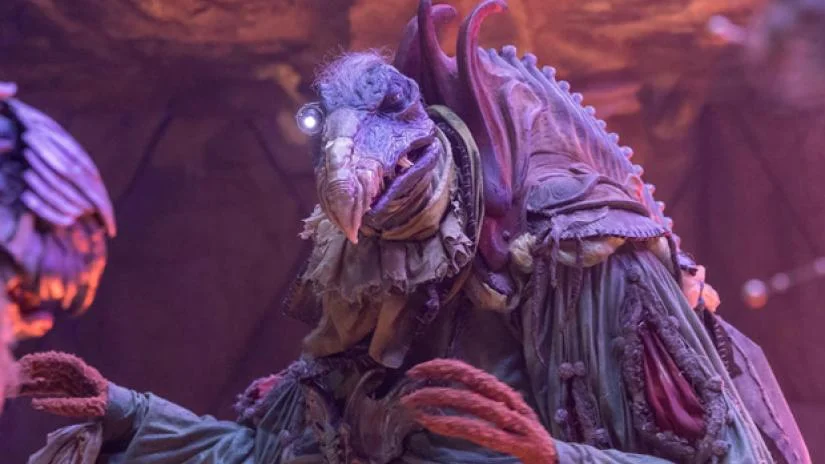In the introduction to Fantasy/Animation: Connections Between Media, Mediums and Genres, Christopher Holliday and Alex Sergeant argue that “the fantasy and animation relationship should be conceptualized not as an “and” or an “or”, but as a dialect of “fantasy/animation”” (2018: 13). The slash that appears in the book’s (and this blog’s) title is not a ‘fixed divide’, but a “fluid channel through which fantasy and animation are permitted to intersect, collide and intermingle” (ibid.)
Read MoreAs academics we find it easy to converse about the complete, those films that have made their way onto the screen and given audiences pleasure and academics room for discourse and assessment. The ‘completed’ animation finds itself venerated the world over and as a medium, or art form, it appears capable of fitting almost any brief, defying the shackles of live-action and capable of producing, from a visual point at least, works of both realism and fantasy that are only limited by the imagination and skills of the creator.
Read MoreThere is no shortage of controversy surrounding Director Todd Phillips’ recent film, Joker (2019). From the release of teaser trailers onwards, critics and fans have posed questions across media platforms about the film’s intent, impact, and timing. During the press tour, Phillips’ own comments regarding the film served only to exacerbate these debates, leading The Washington Post to declare Joker one of the most “divisive movies of the year.”
Read MoreSince emerging onto the Animation Studies scene five years ago, the Animation and Public Engagement Symposium (APES) has been held annually in different locations across the UK. But for the first time in 2019, APES went international, hosted by Jorgelina Orfila and Francisco Ortega at Texas Tech University, Lubbock between September 19th-21st.
Read MoreIn this article I will explore the conceptual position a director occupies in the world they create or represent as a method for clarifying a film’s status as either fiction or documentary. As an animated documentary practitioner I am particularly interested in finding a balance between the seemingly limitless fantastic potential of animation and the duty of a documentary filmmaker to create authentic and ethical representations of people and the world.
Read MoreMy first encounter with animated fantasy was, ironically, static in two dimensions. While I wasn’t born when Smallfilms’ The Pogles was originally broadcast by the BBC in 1965, I grew up watching repeats of Pogles’ Wood (Oliver Postgate,1965-1967) in the Watch with Mother slot in the early 1970s. Some kind person bought me the hard-cover annual from the original series (that was never repeated by the BBC because it was considered too frightening), and I can clearly remember the delighted horror with which I would timorously turn the page to see the villainous Witch of the story – the reason for the one-time-only broadcast.
Read MoreMy name is Danny Nichols and I have been drawing and painting all of my life, primarily as a comic book artist. Growing up in South London, I am fascinated with grime as well as beauty. My previous comics include an Inspector Morse parody Tales of an Alcoholic (Fig. 1) as well as a book about the British unemployment system called Creeps & Underdogs, for which the great Alan Moore (V For Vendetta, Watchmen) wrote a foreword. I have also produced a self-published picture book called Insomnia (Fig. 2) as well as doing bits and pieces for magazines and comics like Viz..
Read MoreI wouldn’t say I am scared of clowns, but I definitely don’t like them. If you Google search ‘fear of clowns’ there are over ten million results, so it seems I am not alone in my dislike towards these peculiar figures. Taking its cue from something of this ongoing cultural fear around such make-upped entertainers, horror sequel IT Chapter Two (Andrés Muschietti, 2019) offers an often engaging - but always disturbing - and certainly uncanny piece of cinema about an iconic killer clown returning to terrorise his victims once more.
Read MoreAt irregular intervals throughout the production of my debut feature Doozy – a part-animated exploration of the 1960s voice casting of American actor Paul Lynde – I would meet animator Elroy Simmons (see Fig. 1) in an East End London pub, where he would hand over a wad of beautifully drawn frames, wrapped in newspaper, and we’d have a celebratory drink or two.
Read MoreIn around 1957, Jim Henson travelled through Europe, as Michael Davis describes in his book Street Gang: The Complete History of Sesame Street and “took in puppet performances throughout Europe…impressed at how appreciated the art form was outside the United States” (2008: 83). It was this commitment to the form of puppetry and its capacity for emotional expression and innovation of technology and technique that finds such full realization in The Dark Crystal (Jim Henson, 1982) as a vividly authored high fantasy film.
Read MoreLife is Strange 2 (2018-) is a deeply emotive episodic videogame that revolves around a teenager and his young brother who are thrown into a series of adventures steeped with numerous struggles rooted in modern social and cultural realism. Towards the beginning of the game, the boy’s father dies at the hands of a police officer (who also is killed), and the siblings must go on the run out of fear they may be wrongly accused, arrested and separated.
Read MoreUnless you enjoy paying to watch one very long and annoying advert for a toyline you no longer play with, I suspect Playmobil: The Movie (Lino DiSalvo, 2019) isn’t for you. Based on an original story by Lino DiSalvo, Playmobil: The Movie (Fig. 1) tells the story of Marla (Anya Taylor-Joy) and Charlie Brenner (Gabriel Bateman), two siblings who are sucked into a Playmobil world filled with tacky plastic adventures and totally unmemorable side characters.
Read MoreI want to tell you about my favourite personal interest and ruling passion as a scholar, the thing I find it hard to live without; television animation. But you should know something about me first. I was diagnosed very young with Asperger’s Syndrome, which is considered to be on the high end of the Autism spectrum. People with Asperger’s can function well by themselves and amongst friends and family, and work well when given tasks that they can do, but find it very difficult communicating to others if they don’t know how to, or if they have never met or interacted with someone before.
Read MoreNature inspires all forms of creativity, playing an important role in a range of fantasy stories and feature films. The context of the natural environment is not only often vital to the atmosphere of each story’s setting but, equally, the direction and drama of the unfolding plot. In this blog post, I wish to discuss how natural symbols in Norse legend influence in particular some of the animated fantasy media we see today; including the film adaptations of The Lord of the Rings (Peter Jackson, 2001-2003), the Marvel Cinematic Universe superhero franchise, and the recent series Vikings (Michael Hirst, 2013-).
Read MoreReleased in 2018, Spider-Man: Into the Spider-Verse (Bob Persichetti, Peter Ramsey & Rodney Rothman, 2018) explored the visual storytelling possibilities of animation. A computer-animated superhero feature film that retells the story of Miles Morales, a boy bitten by a radio-active spider giving him similar powers to those of Spider-Man, Spider-Man: Into the Spider-Verse bucks many of the traditional techniques of animation, and the production team used novel techniques to depict motion, depth of field, and emotion. Particularly notable is the combination of comic book elements within an animated feature. How do these novel techniques, alongside the combination of comic book mythology and animated storytelling, impact viewers’ comprehension of and experience of the story?
Read MoreNow that the proverbial dust has settled on Avengers: Endgame (Anthony Russo & Joe Russo, 2019), the fallout from the almost-three hour epic can well and truly begin. To immediately follow a film that is, to date, the highest-grossing film of 2019 and now the second-highest of all time (behind, of course, Avatar [James Cameron, 2009]) was always a tricky, if not borderline impossible, act. Yet coming a mere three months after Endgame and just two years (and six films) after Spider-Man: Homecoming (Jon Watts, 2017), the next instalment Spider-Man: Far From Home (Jon Watts, 2019) does a more than admirable job of taking up the reins left slack in a post-Endgame world.
Read MoreSet in the DC universe, North American animation television series Young Justice (2010-) follows a large ensemble of superheroes who undertake various covert missions. While iconic figures such as Superman, Batman, and Wonder Woman do make fleeting appearances, the programme deliberately spotlights lesser-known characters and sidekicks (Fig. 1). The first season followed the first Robin, Aqualad, Kid Flash, Superboy, Miss Martian, and Artemis. The second introduced a plethora of new team members but mostly focused on the second Blue Beetle and Impulse, the Flash’s time-traveling grandson.
Read MoreSince Toy Story (John Lasseter, 1995) hit cinema screens worldwide in November 1995, audiences have witnessed a series of dramatic changes within the animated medium, particularly in Hollywood. Having signed a contract with Pixar Animation Studios in 1991, Disney were initially hesitant to give the very first computer-animated film about a collection of toys the same commercial backing as their traditional cel-animated features. Until, that is, they saw the toys come to life.
Read MoreIn September 2018, after ten seasons following a human boy named Finn, his adoptive brother, a shape-shifting, talking dog named Jake (Fig.1), and their zany hijinks, quests, and adventures in the post-nuclear apocalyptic land of Ooo, cult-pop cartoon series Adventure Time (Pendleton Ward, 2010-2018) finally drew to a close. With themes of temporality, cyclicality, the apocalypse, and growing up, the narrative of Adventure Time seems to be in direct conversation with its time-constricted episodic television format, as well as the time-and-physics-bending medium of animation.
Read MoreLocated in Annecy, France, the Annecy International Animation Film Festival was founded in 1960 and has been held annually since 1997. This year, the festival took place 10th-15th June, boasting its usual range of screenings and events: features, shorts, student films, television shows, commissioned works, and VR works (Fig. 1). The shorts in particular displayed a wide collection of animated techniques and materials. Highlights include the clay-on-glass musical retelling of America’s first circus elephant in The Elephant’s Song (Lynn Tomlinson, 2018), the self-reflexive Pinscreen exercise Jim Zipper (Alexandre Roy, 2018), and the impeccably smooth stop-motion porcelain animals of Winter in Rainforest (Anu-Laura Tuttelberg, 2019).
Read More



















